The Evolution of Free Fire: A Brief History
The story of battle royale games cannot be told without highlighting “Free Fire,” a title that has taken the gaming world by storm since its debut. The journey of Free Fire, developed by 111 Dots Studio and published by Garena, reflects a rapidly evolving mobile gaming market and player preferences. This article delves into the game’s history, mechanics, milestones, and cultural impact, offering a detailed snapshot of its evolution.
2017: The Launch and Immediate Success
In late 2017, Garena Free Fire was officially launched. Entering the market during the growing popularity of battle royale games such as “PlayerUnknown’s Battlegrounds” (PUBG) and “Fortnite,” Free Fire distinguished itself by optimizing its game specifically for mobile devices. At the time, mobile gaming was embracing more complex and demanding games, but many were poorly optimized for lower-end devices. Free Fire’s approach was pragmatic—it delivered a smooth and engaging battle royale experience even on devices with modest hardware specifications.
The game follows the classic battle royale format: players parachute onto an island where they search for weapons and gear to eliminate opponents, all while staying within a shrinking safe zone. To win, a player must be the last one standing among typically 50 participants, compared to the 100-player matches common in other battle royale games. This smaller player count allowed for shorter, more intense matches, making it particularly appealing for mobile gamers looking for quick gameplay sessions.
2018: Rapid Growth and Feature Enhancement
Free Fire’s ability to capture the essence of battle royale gameplay while being accessible to a broader audience fueled its rapid growth. By 2018, it had surpassed 7.5 million daily active users, demonstrating its burgeoning popularity. Garena capitalized on this growth by regularly updating the game, adding new characters, weapons, game modes, and holiday-themed events.
A significant addition to the game’s appeal was its extensive roster of characters, each with unique abilities that influenced gameplay. This feature not only differentiated Free Fire from its competition but also introduced an element often seen in hero shooters, thereby deepening the strategic elements players had to consider during matches.
2019-2020: Dominance and Esports Emergence
The following years saw Free Fire solidifying its position as a heavyweight in the mobile gaming ecosystem. By 2019, the game was reporting over 450 million registered users globally, with more than 50 million daily active players at its peak. Free Fire’s global expansion strategy, which involved localized in-game content and marketing campaigns, played a crucial role in its rising popularity.
2019 marked the year when Free Fire made significant inroads into the world of esports. The inaugural Free Fire World Cup was held in Bangkok, Thailand, highlighting the game’s potential as a competitive platform. Subsequently, Free Fire’s esports scene continued to expand with events such as the Free Fire Asia Invitational and the introduction of the Free Fire World Series, attracting millions of viewers worldwide.
Esports provided a new avenue for engaging with the community and solidifying Free Fire’s status as more than just a casual mobile game. Garena’s aggressive investment in esports infrastructure, coupled with community-focused events and collaborations, fostered a thriving competitive scene.
2021: Record-Breaking Success and Cultural Impact
By 2021, Free Fire had broken multiple records, including becoming the most downloaded mobile game globally in 2019 and 2020. Its introduction of high-profile collaborations with entities such as Money Heist, Attack on Titan, and celebrities like Cristiano Ronaldo broadened its appeal, bringing cultural relevance beyond just gaming circles.
The game continued to evolve with updates that kept the content fresh and engaging. Notable features such as the “Clash Squad” mode provided players with an alternative to the traditional battle royale format, focusing on team-based, tactical gameplay. These additions underscored Garena’s commitment to catering to diverse player preferences.
2022 and Beyond: Staying Ahead in a Competitive Market
Despite intense competition from other mobile battle royale games, Free Fire continually adapts to maintain its edge. The introduction of Free Fire Max in 2021, a graphically enhanced version of the game, addressed the demand for high-definition visuals while retaining compatibility with the original game. This move showcased Garena’s understanding of its user base, catering both to players on newer devices and those valuing performance and accessibility.
The Free Fire ecosystem has grown to include content creators and streamers who contribute significantly to the game’s visibility and player retention. Platforms like YouTube and Twitch host sizable Free Fire audiences, where influencer-driven content keeps players engaged and constantly introduces the game to new potential fans.
As of 2022, Free Fire’s enduring popularity stands as a testament to its successful adaptation strategies, including regular updates and active community engagement. The game’s profound impact is evident in its massive player base, its role in breaking socioeconomic barriers by offering accessible entertainment, and its establishment as a staple in the global esports calendar.
Free Fire’s trajectory exemplifies the evolution of mobile gaming into a competitive, content-rich experience. Its success is not just a story of capturing the early mobile gaming wave, but of continuous innovation, strategic partnerships, and community-building, securing its legacy as a transformative force in the gaming industry.
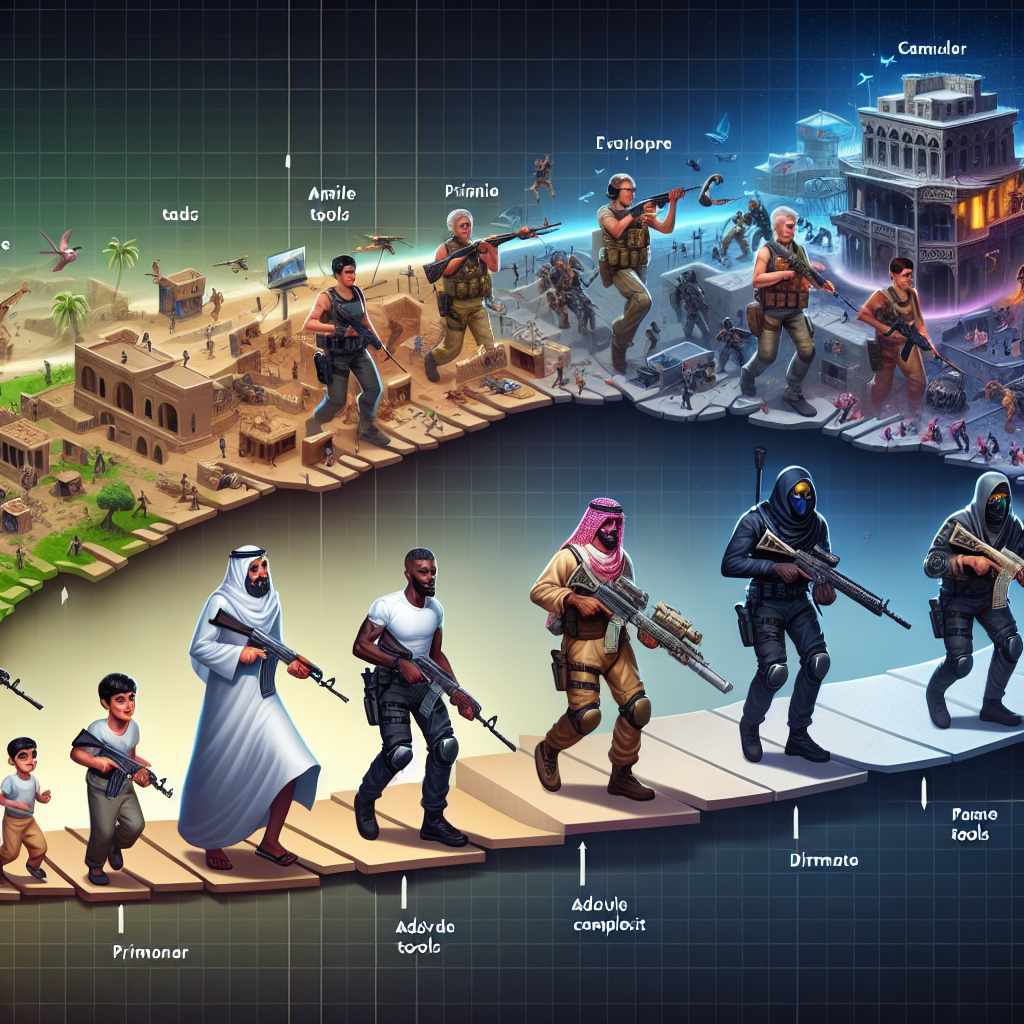

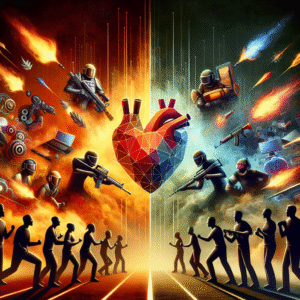

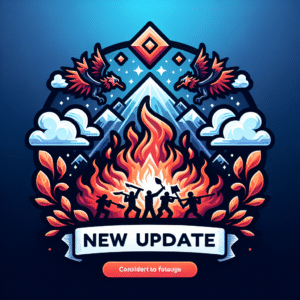
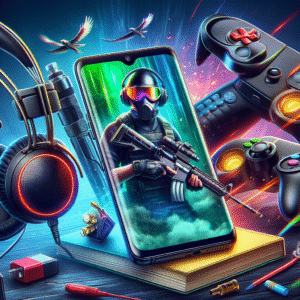
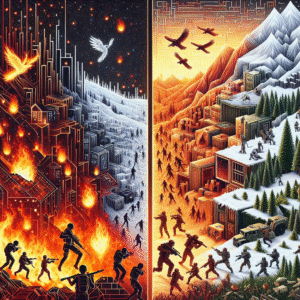
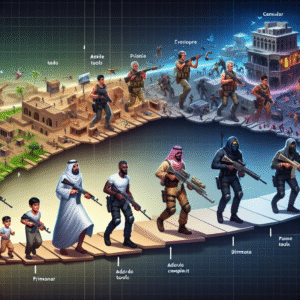
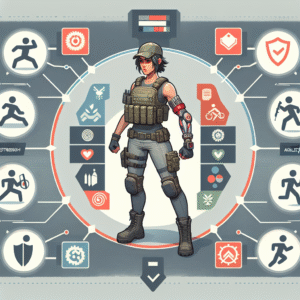


Post Comment